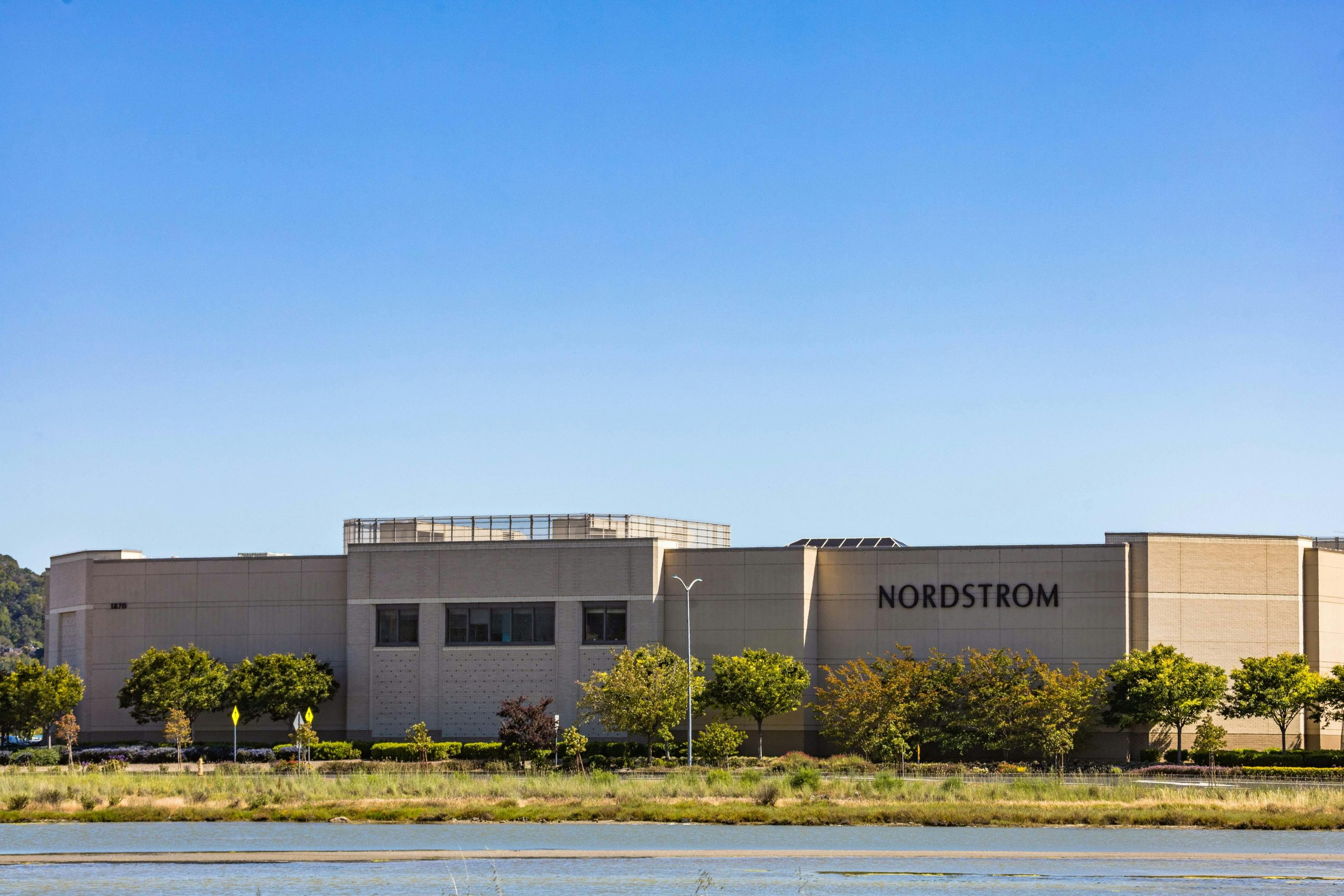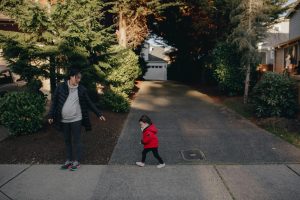Suburban “Mini-Cities”: Malls Reborn as Mixed-Use Communities
In recent years, struggling malls in suburban areas have been given a new lease on life through the concept of mixed-use communities. These “mini-cities” are a response to the changing retail landscape and the increasing demand for walkable, convenient living options. With an emphasis on sustainability, community, and convenience, these revamped malls are attracting residents, visitors, and businesses alike. In this article, we’ll explore the evolution of suburban “mini-cities” and how they are redefining the concept of the traditional mall.
The Decline of the Traditional Mall
The traditional mall, once a symbol of consumerism and suburban life, has been on the decline for several years. The rise of online shopping and the shift towards experiential retail have contributed to the struggles of brick-and-mortar stores. This has left many malls with high vacancy rates and a limited customer base. In addition, the suburban areas surrounding these malls have also been impacted, with a lack of options for dining, entertainment, and housing.
The Rise of Mixed-Use Communities
In response to these challenges, developers have started to reimagine malls as mixed-use communities. These communities combine residential, commercial, and recreational spaces in one central location, creating a hub of activity and convenience. This not only revitalizes the mall itself but also addresses the housing and amenities needs of the surrounding community.
One example of this trend is the Mall of America located in Bloomington, Minnesota. Once the largest mall in America, the Mall of America has now transformed into a mixed-use community, with a hotel, office spaces, an indoor theme park, and even a wedding venue. This shift has not only attracted more visitors but has also created a diverse and lively community for both residents and businesses.
The Amenities of Suburban “Mini-Cities”
Suburban “mini-cities” offer a variety of amenities for residents, making them an attractive option for those seeking a convenient and vibrant lifestyle. These include access to shops and restaurants, community events and gatherings, recreational spaces, and public transportation. Mixed-use communities also prioritize sustainability, with many including green spaces, renewable energy sources, and LEED-certified buildings.
The Impact on Retail
One of the main drivers of the success of mixed-use communities is the renewed interest in brick-and-mortar retail. By offering unique experiences and a stronger sense of community, these “mini-cities” have become a destination for shoppers. In turn, this has increased foot traffic and sales for businesses, leading to a more sustainable and profitable model for retail.
The Future of Suburban Living
As the demand for walkable, convenient, and sustainable living options continues to grow, the trend of mixed-use communities is here to stay. This concept is not only transforming struggling malls but is also redefining the concept of suburban living. With the increasing desire for community and convenience, we can expect to see more “mini-cities” pop up in suburban areas around the country.
Conclusion
In conclusion, the rebirth of suburban malls as mixed-use communities is a testament to the ever-changing retail landscape and the need for more holistic and sustainable living options. By creating vibrant and convenient hubs, these “mini-cities” are not only revitalizing struggling malls but also creating diverse and thriving communities. As we continue to see the evolution of these mixed-use communities, it’s clear that their impact on retail and suburban living will be long-lasting.











